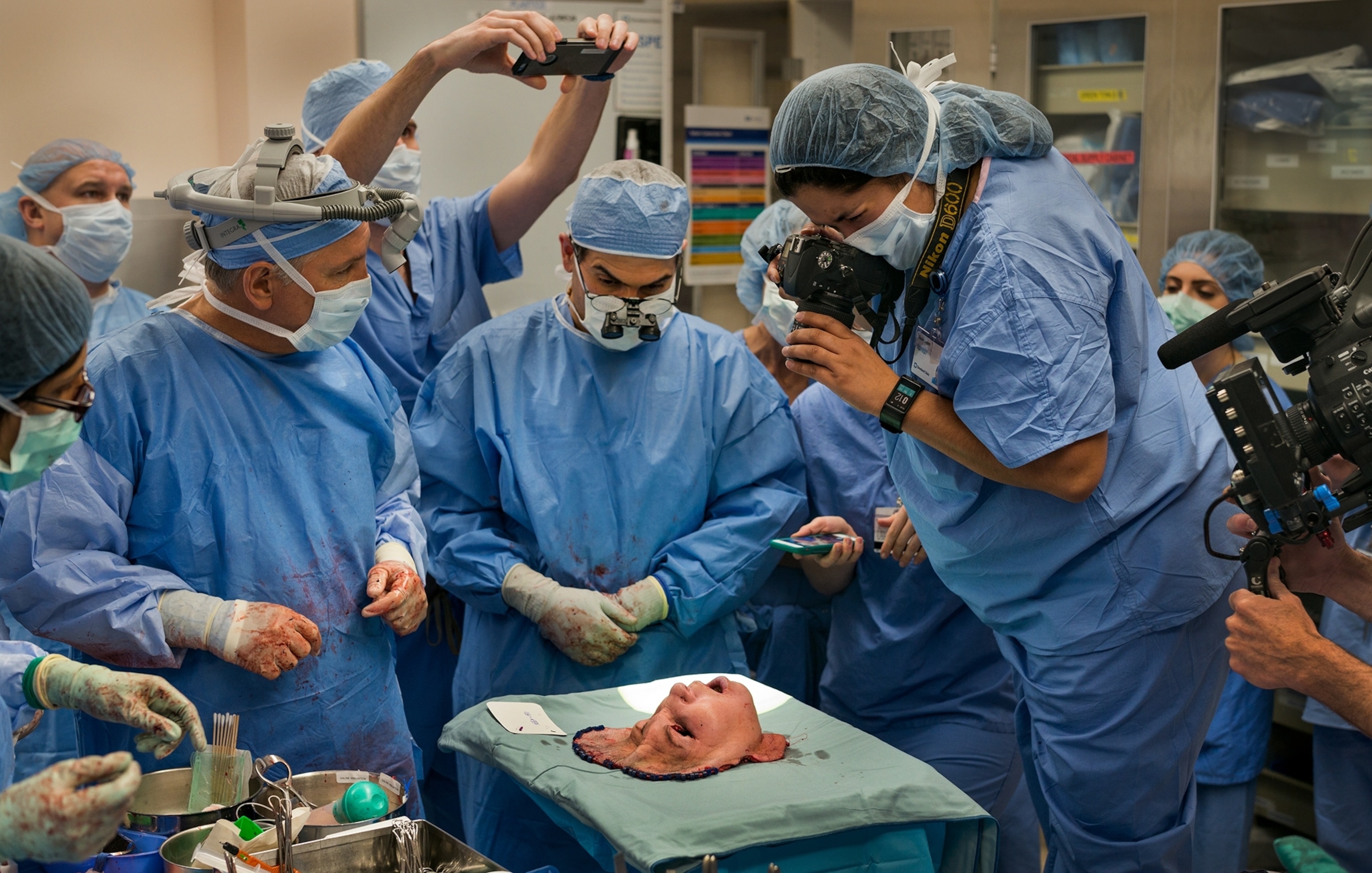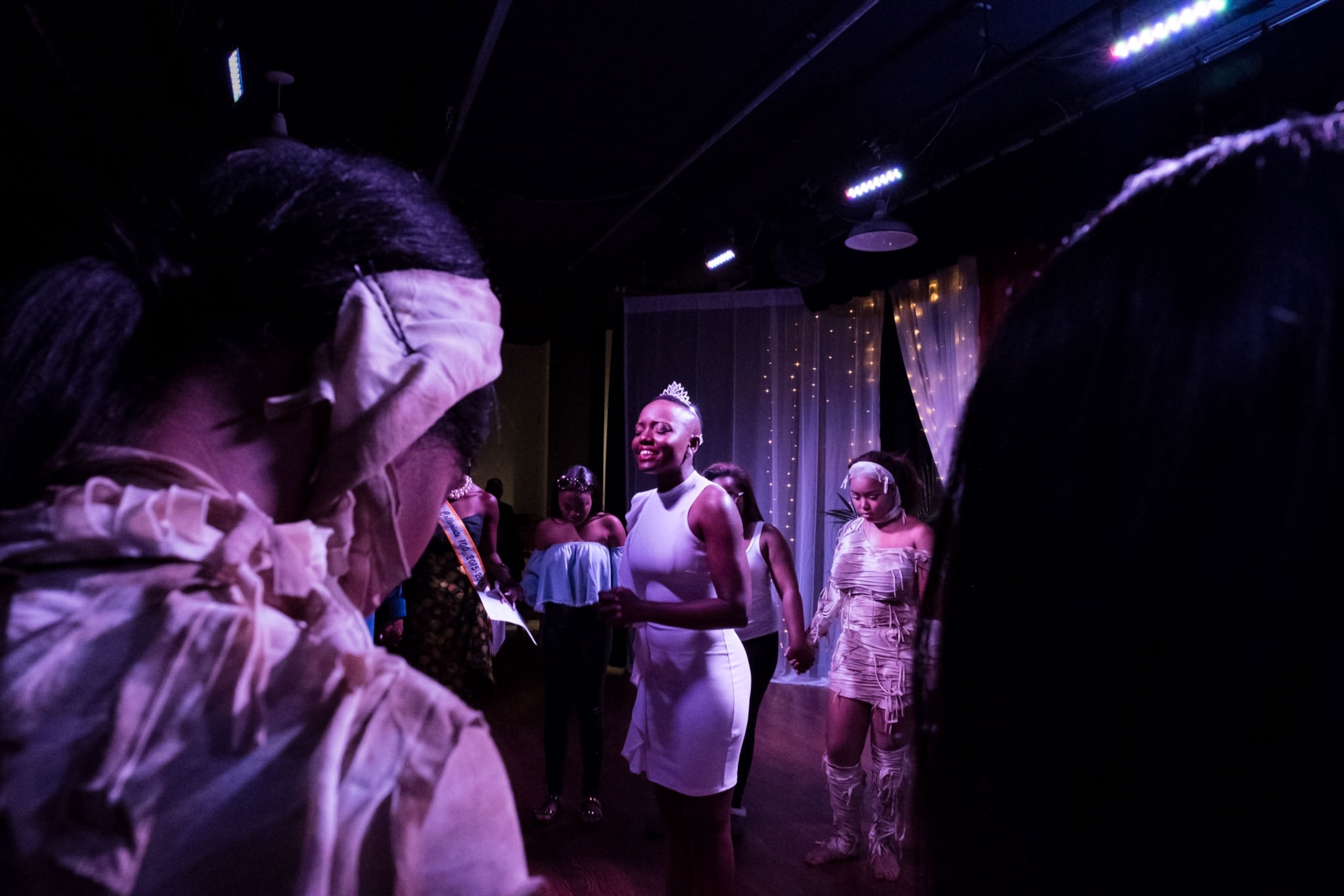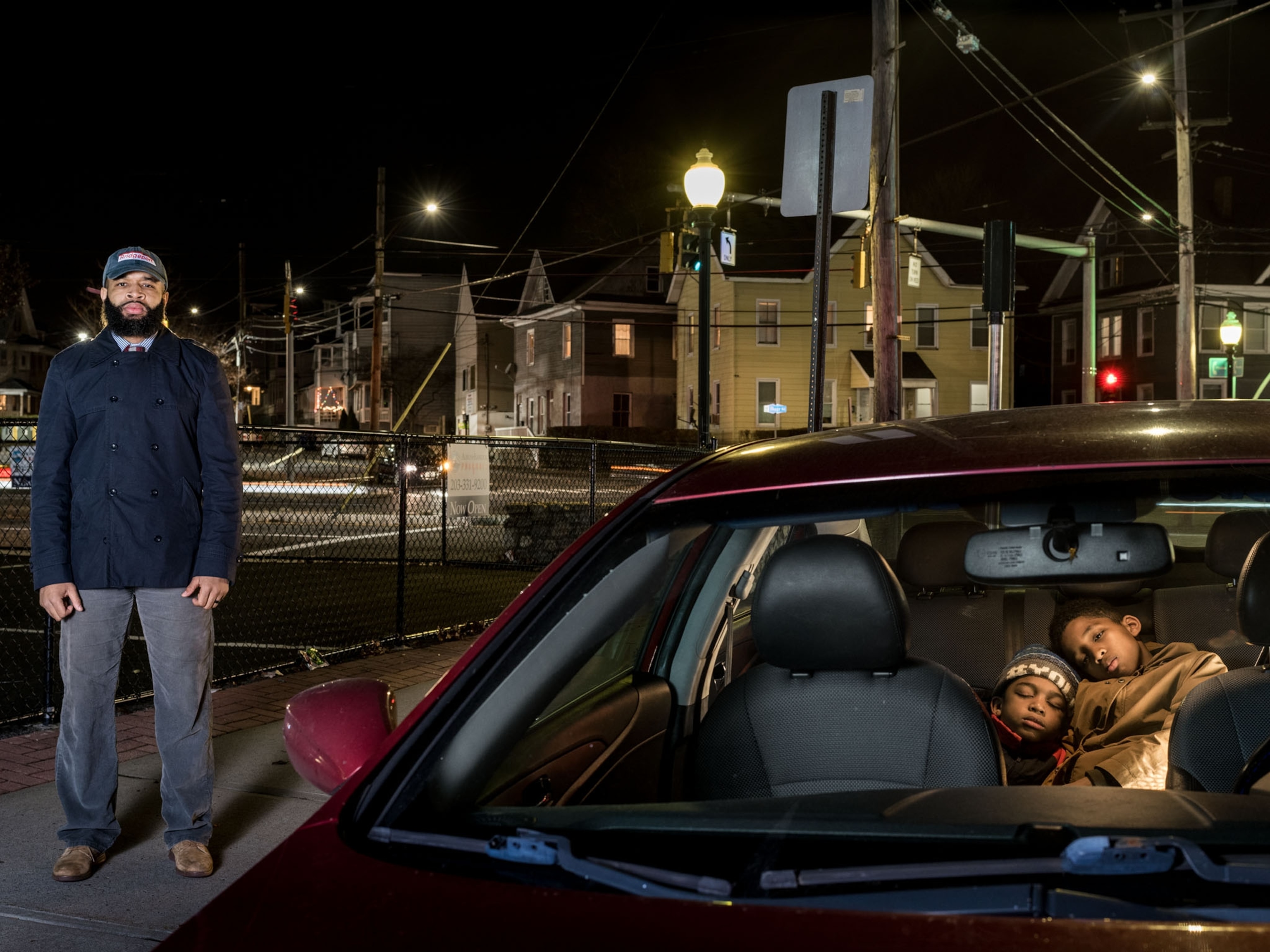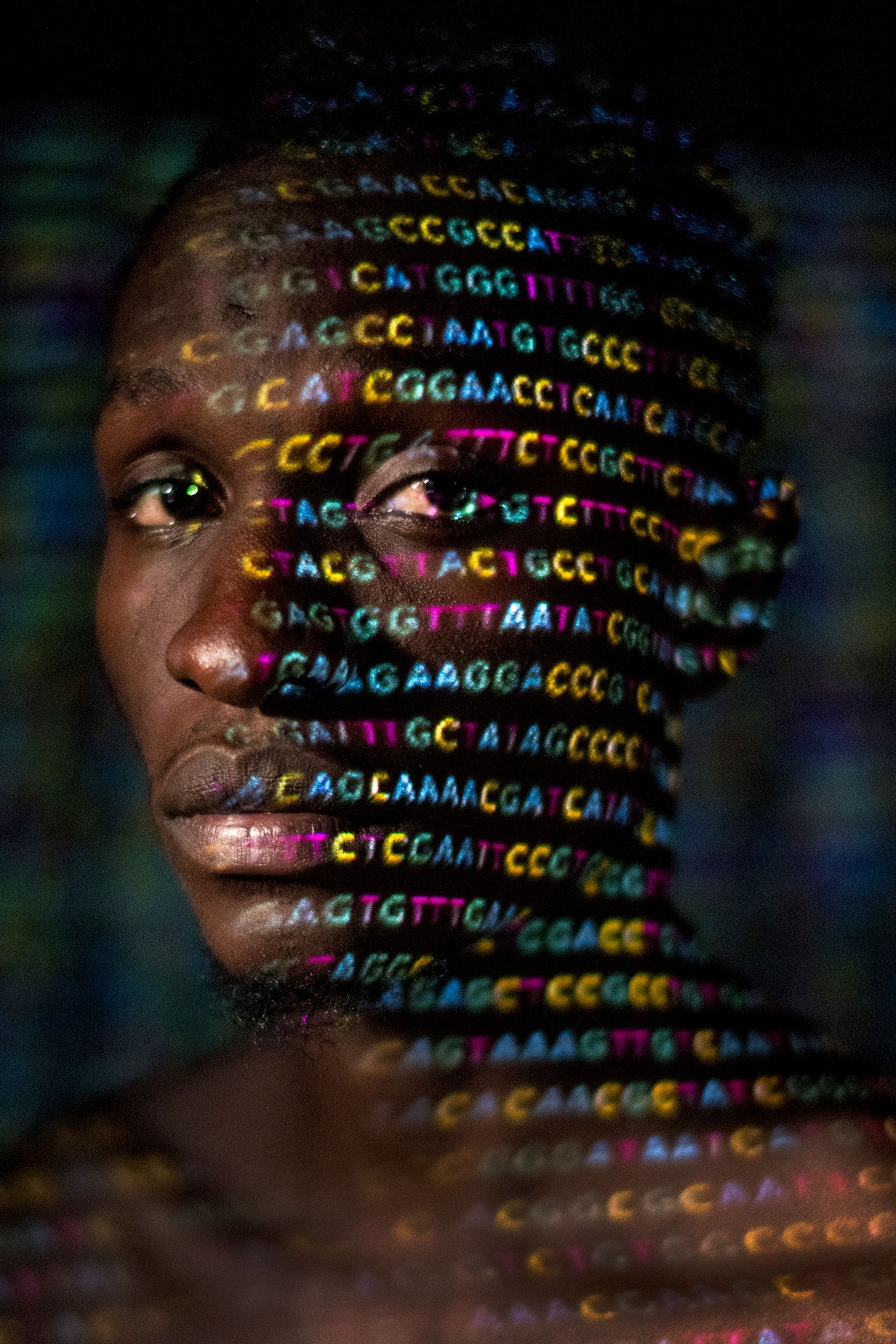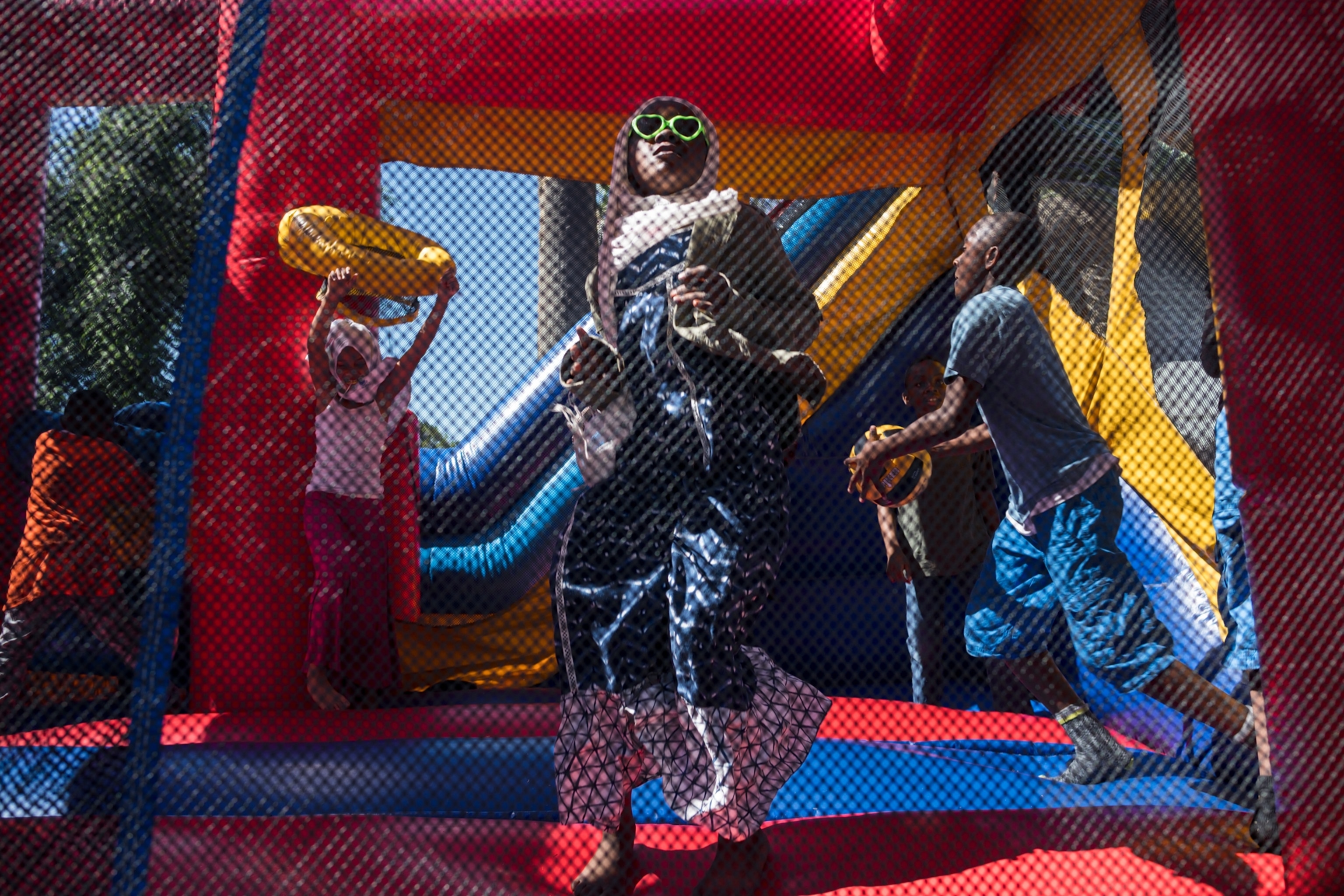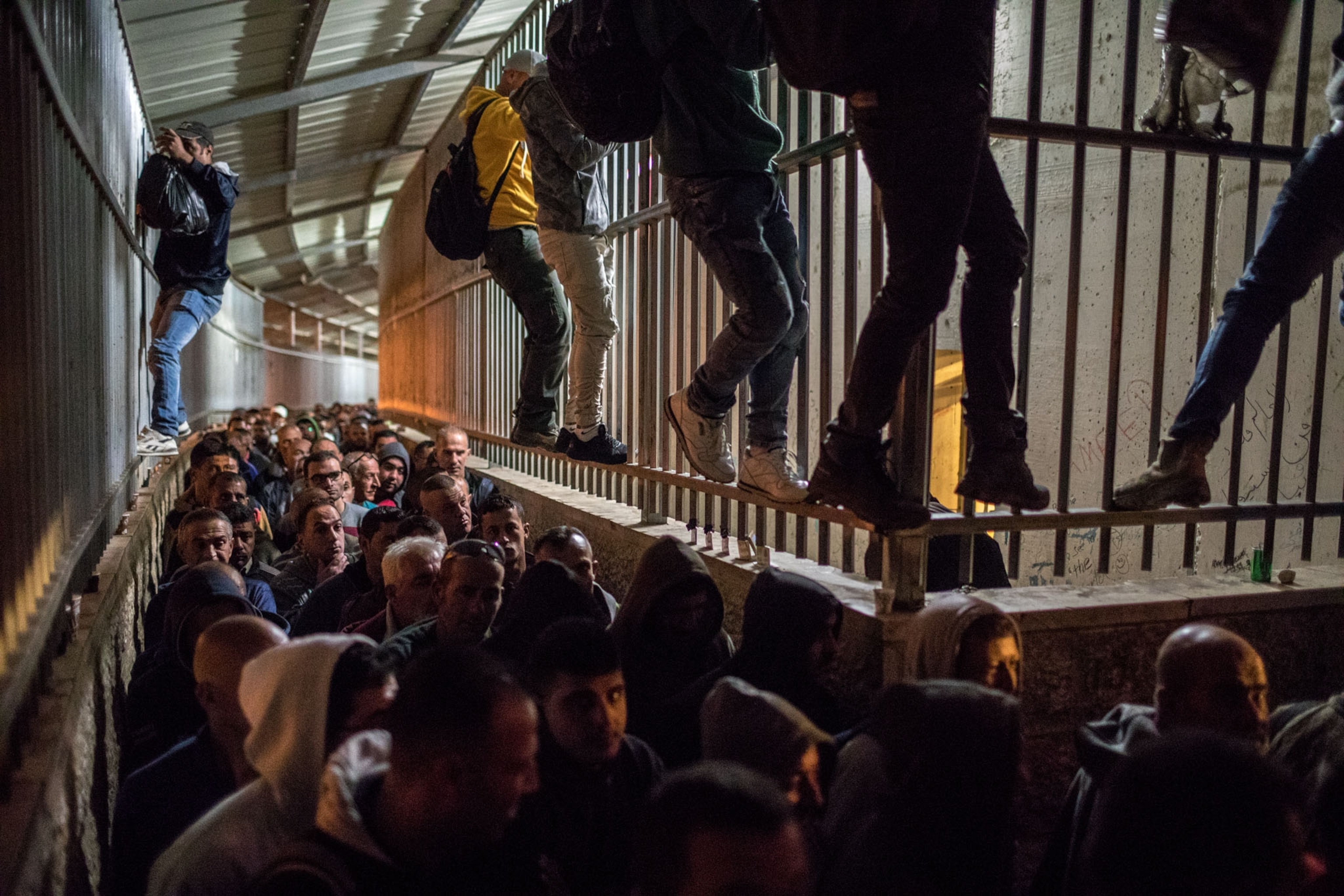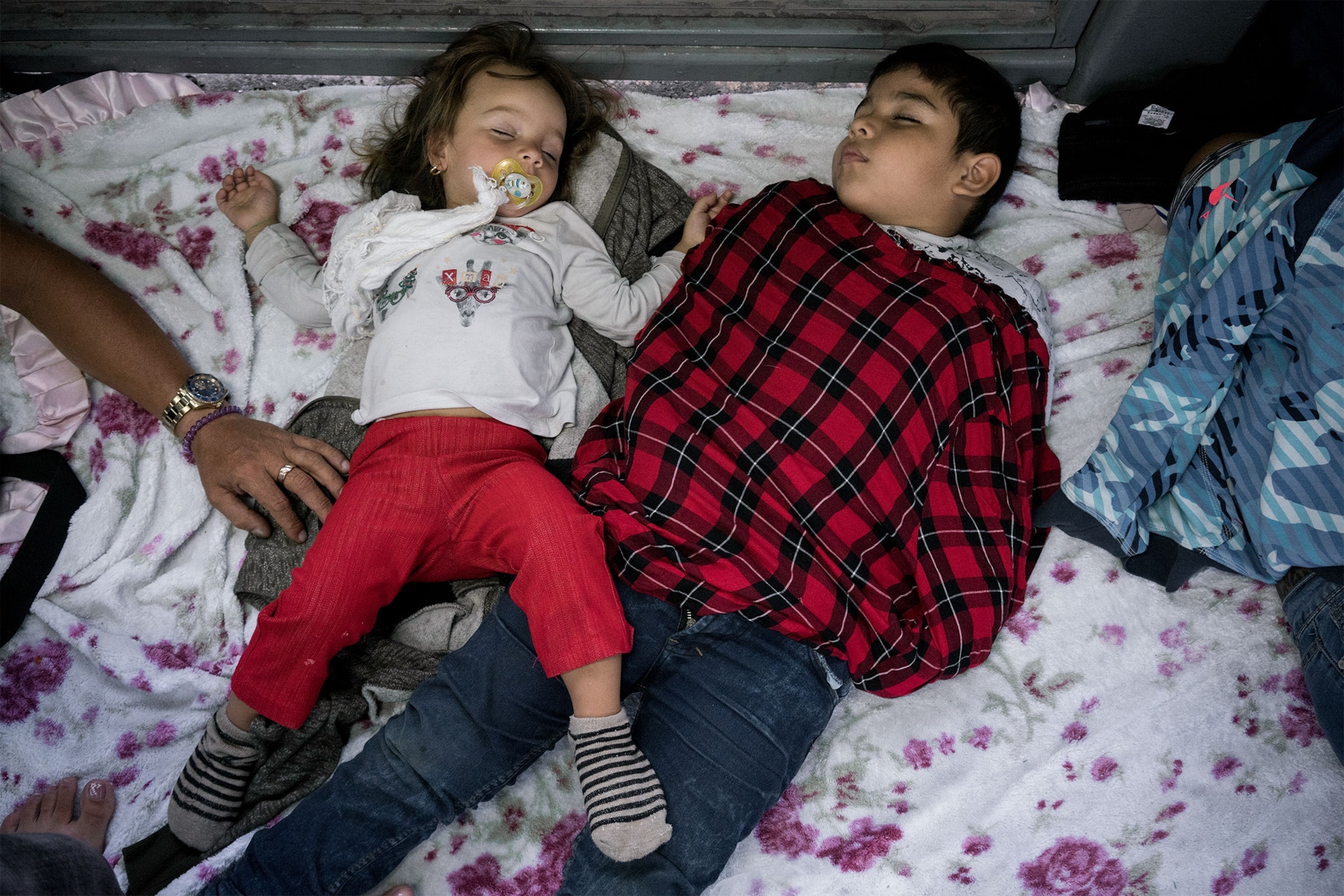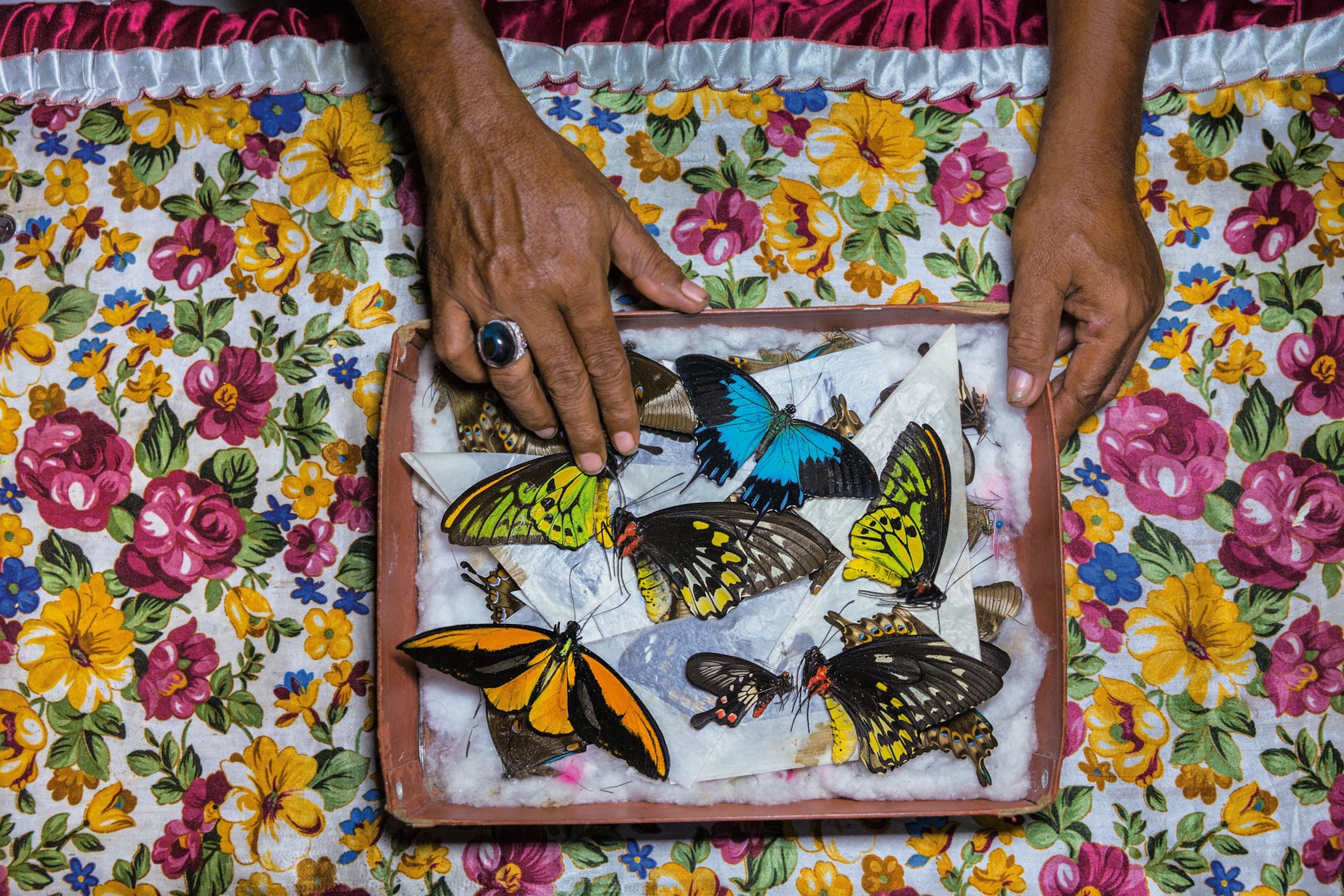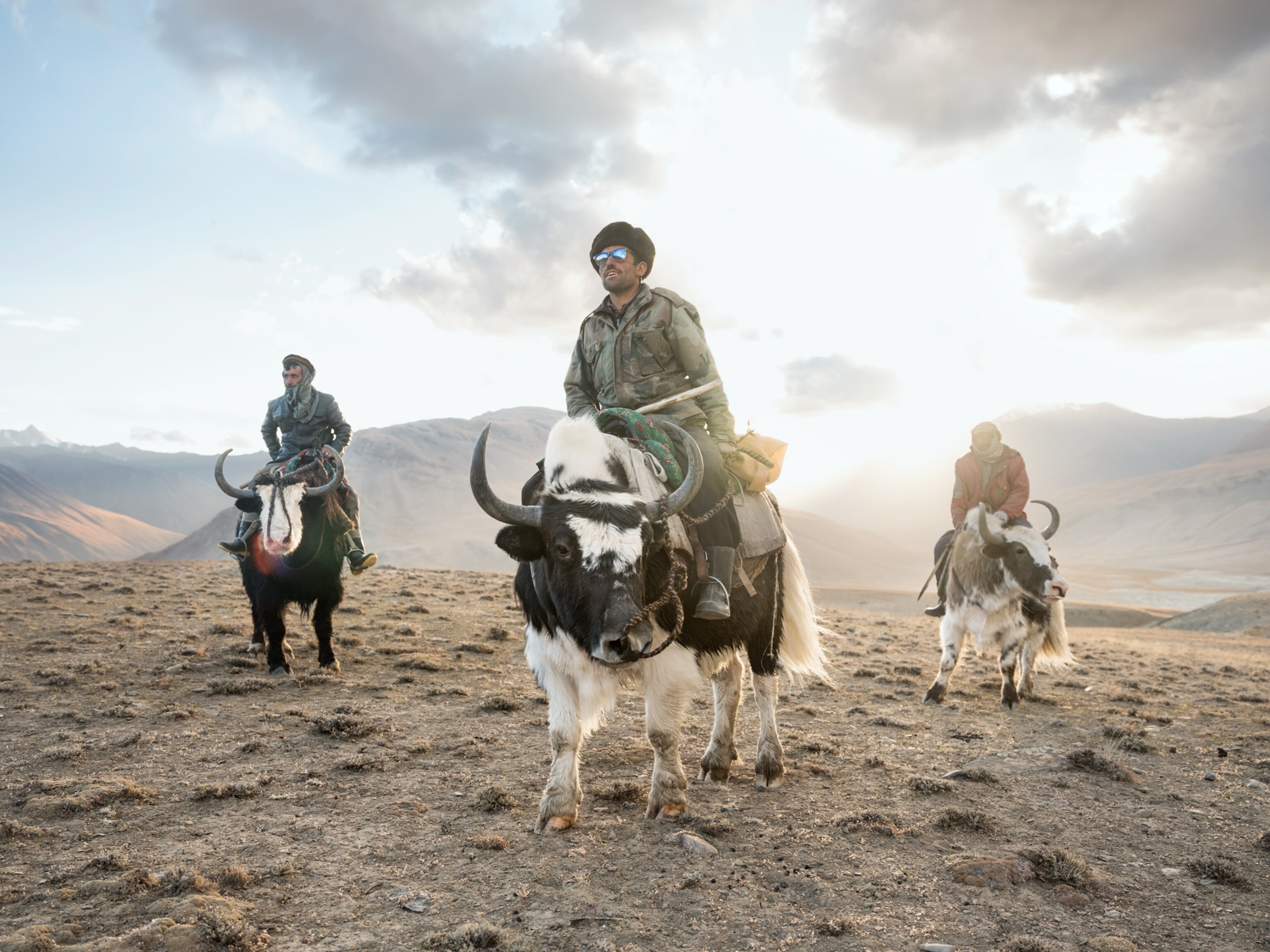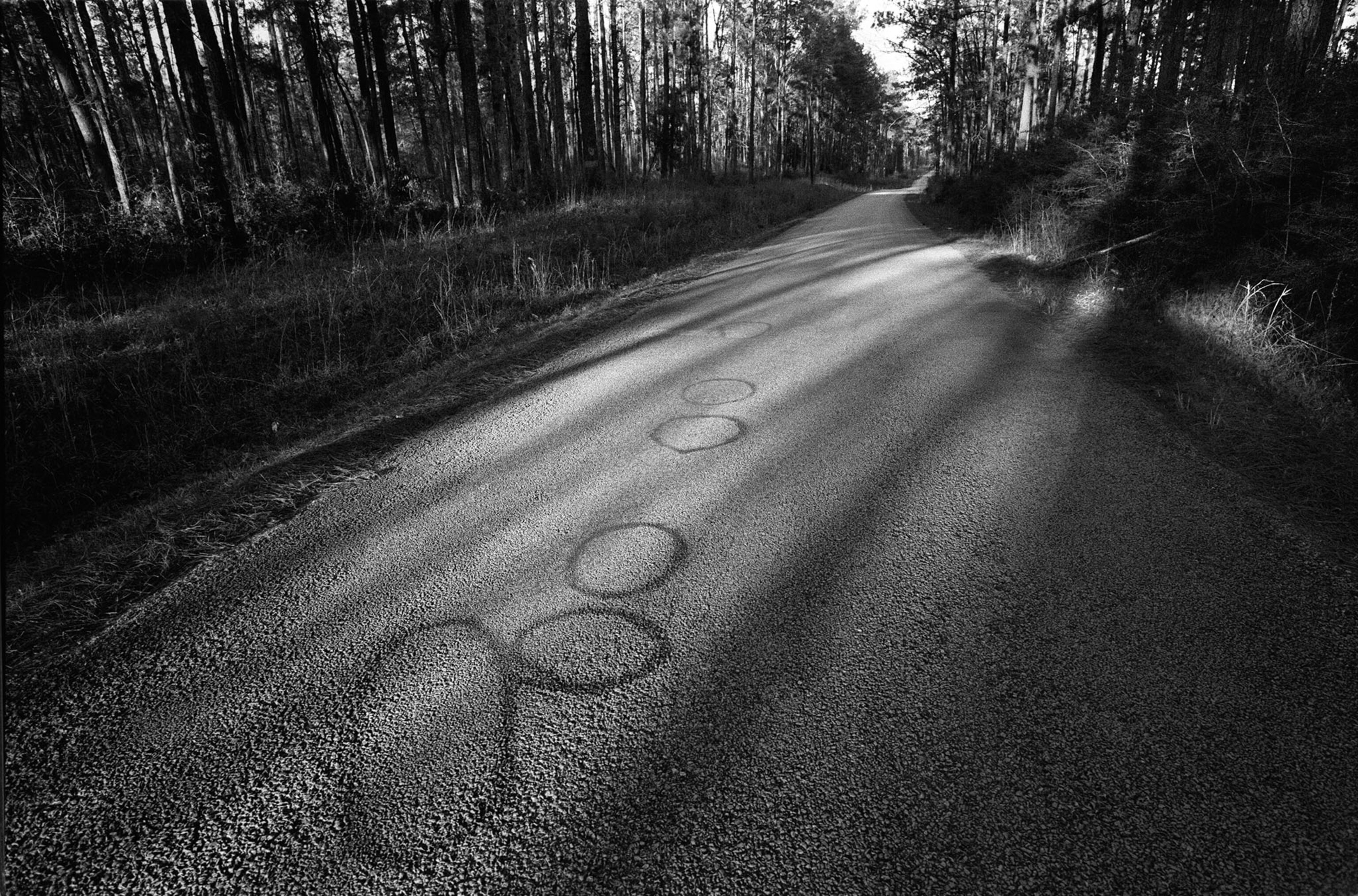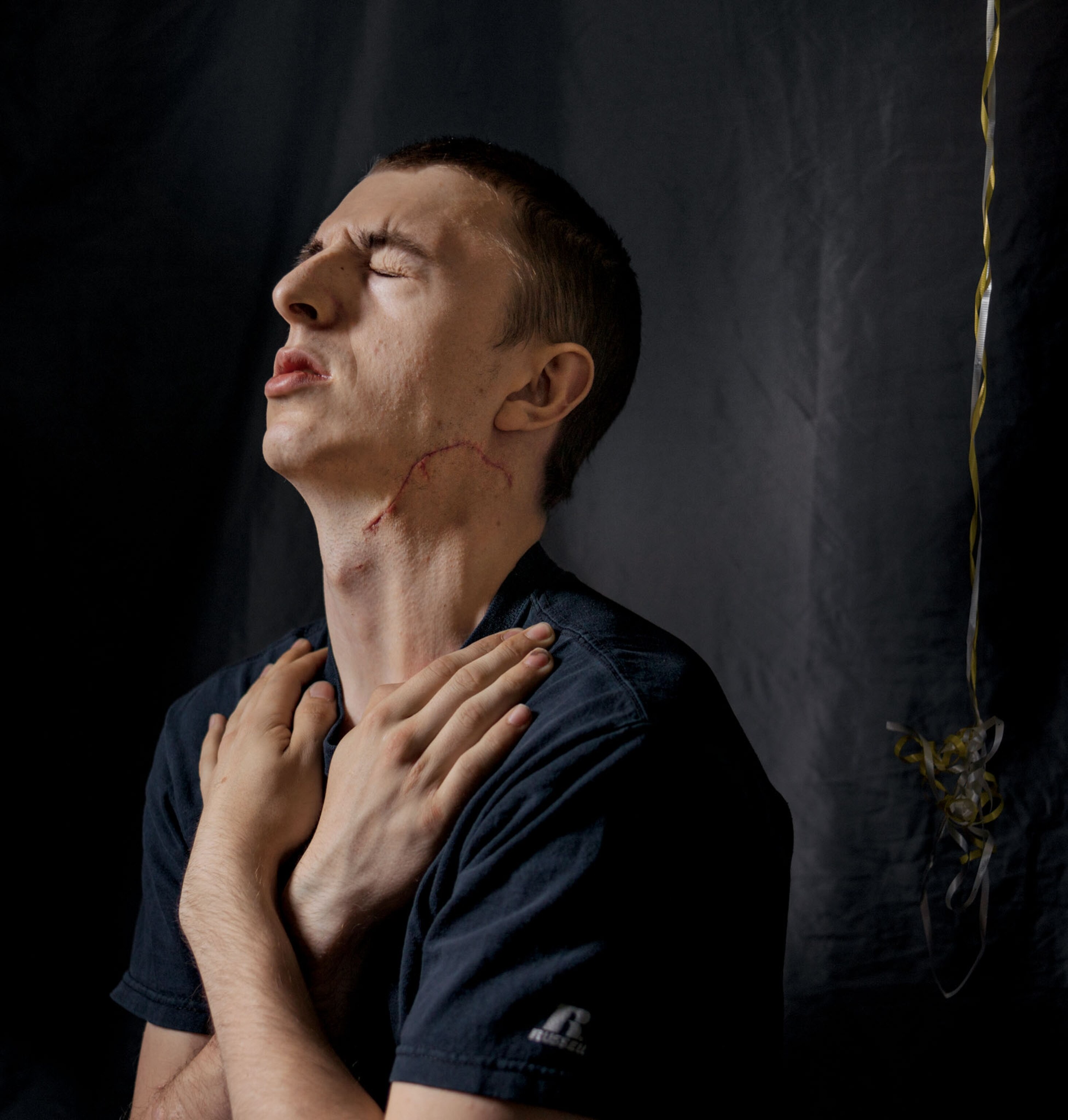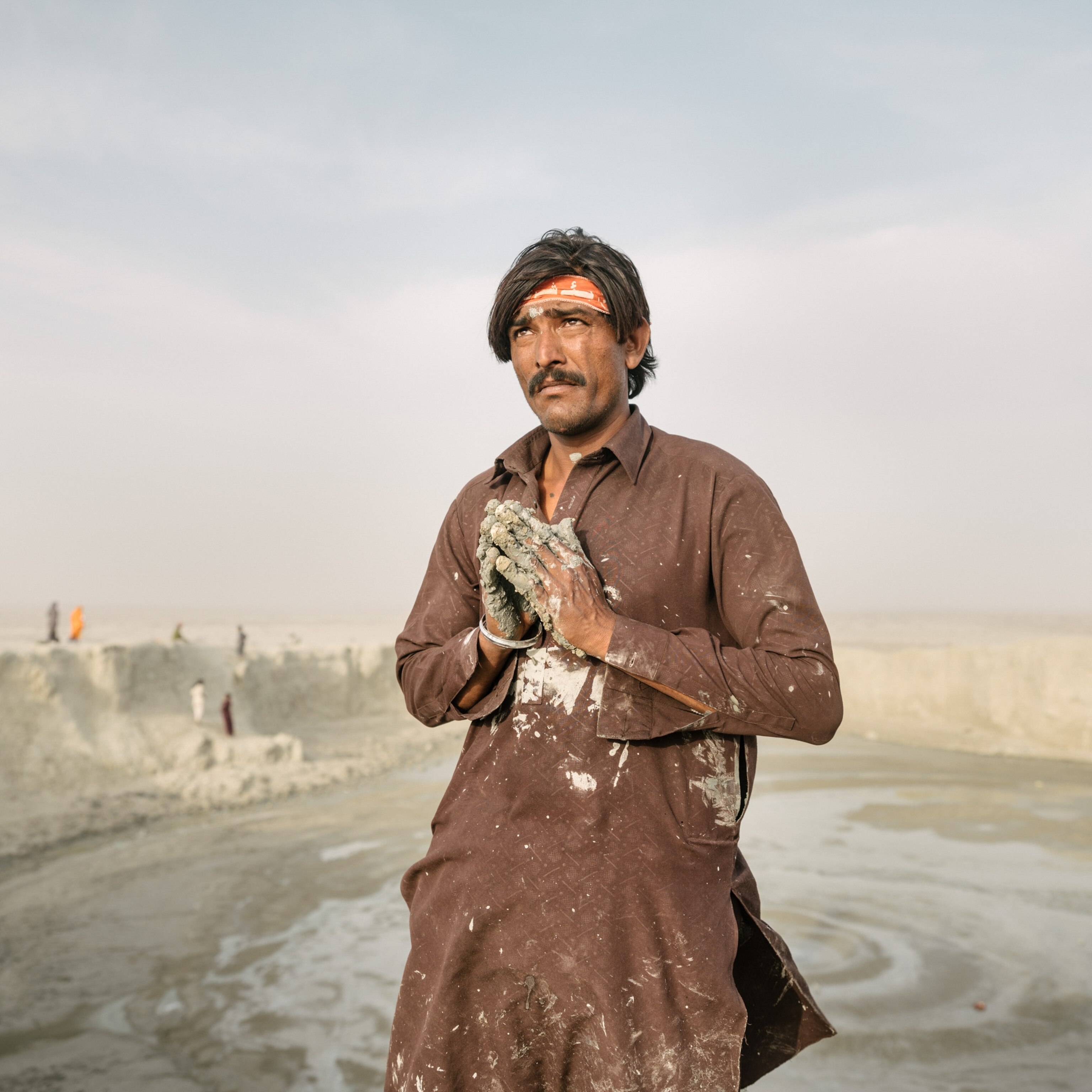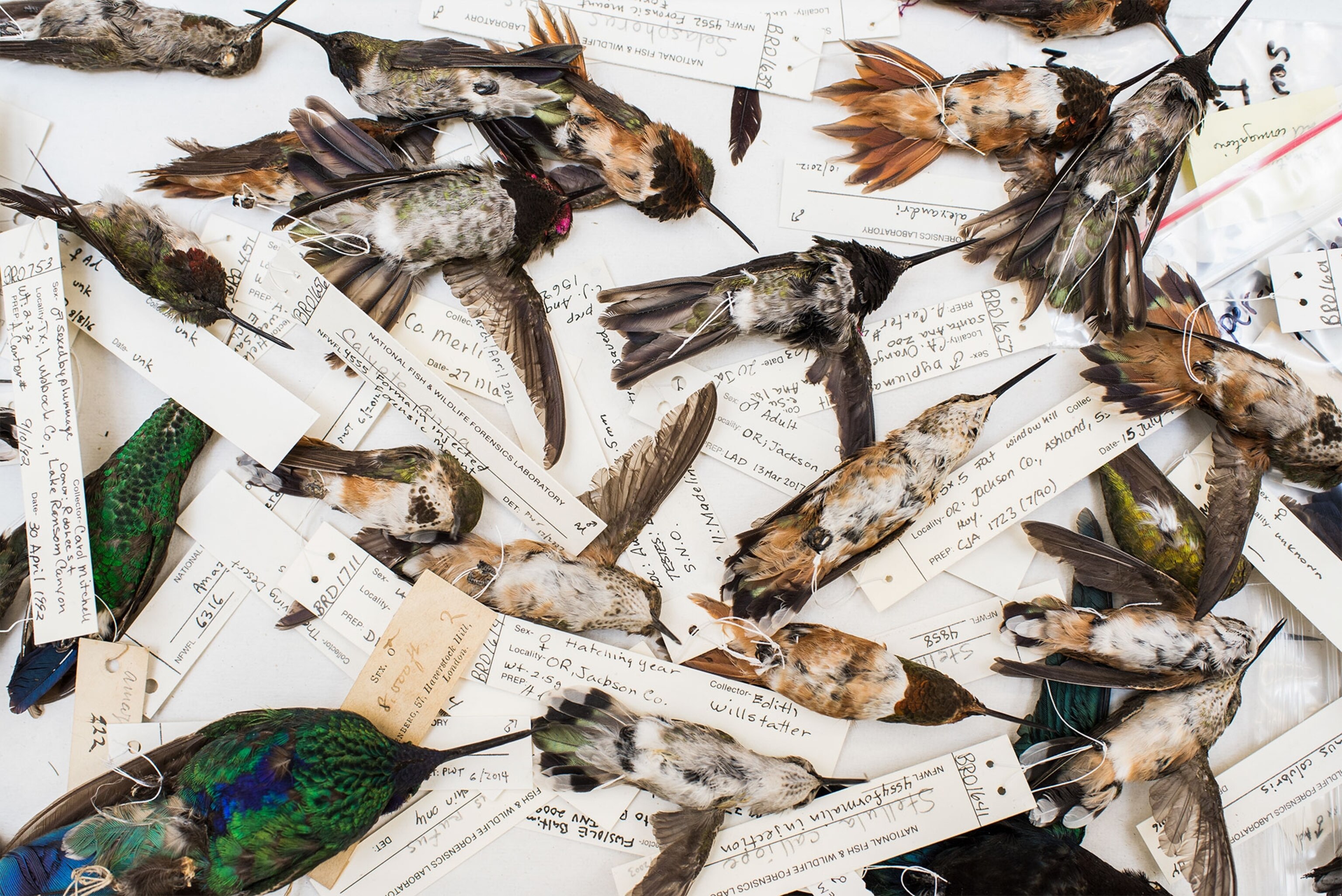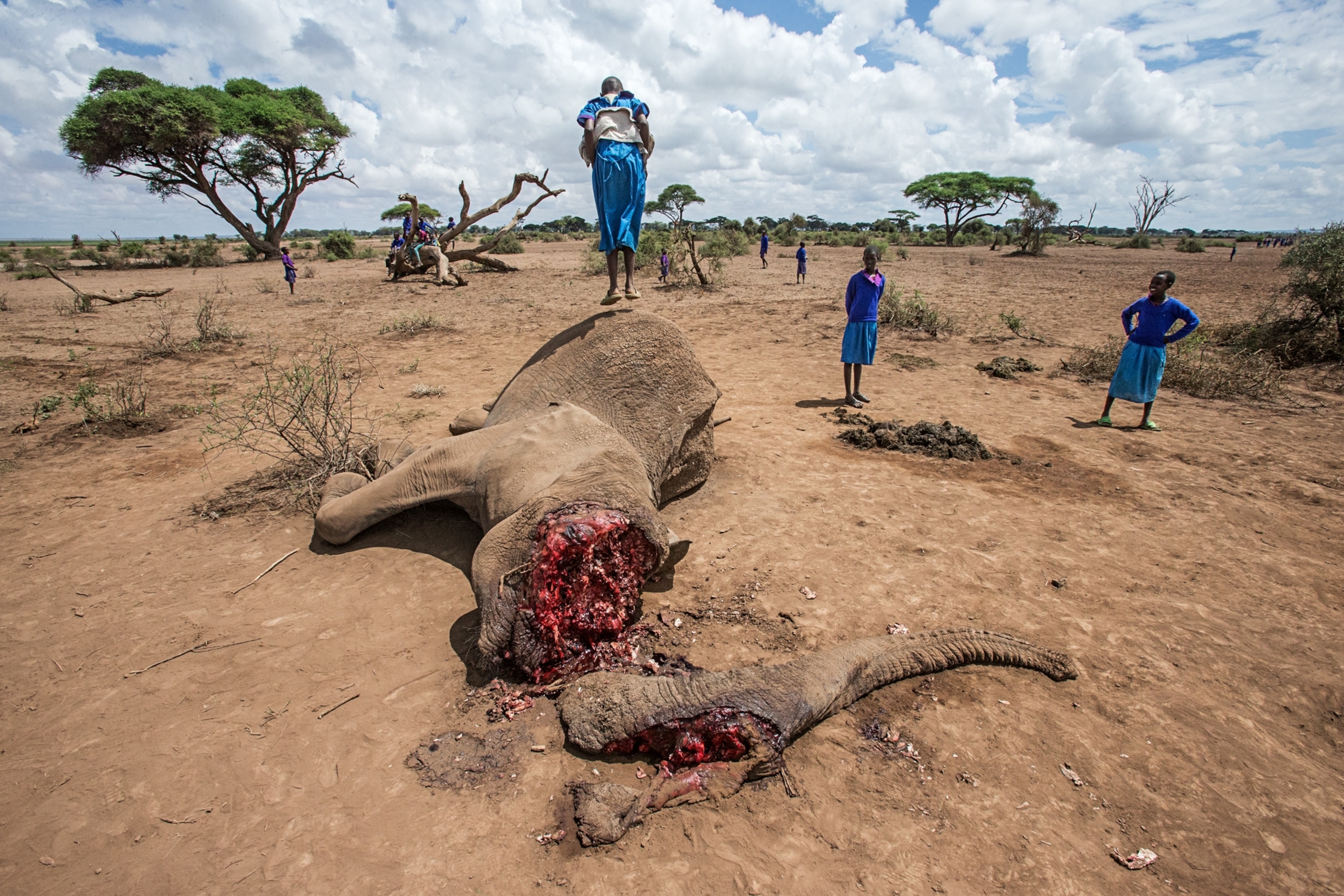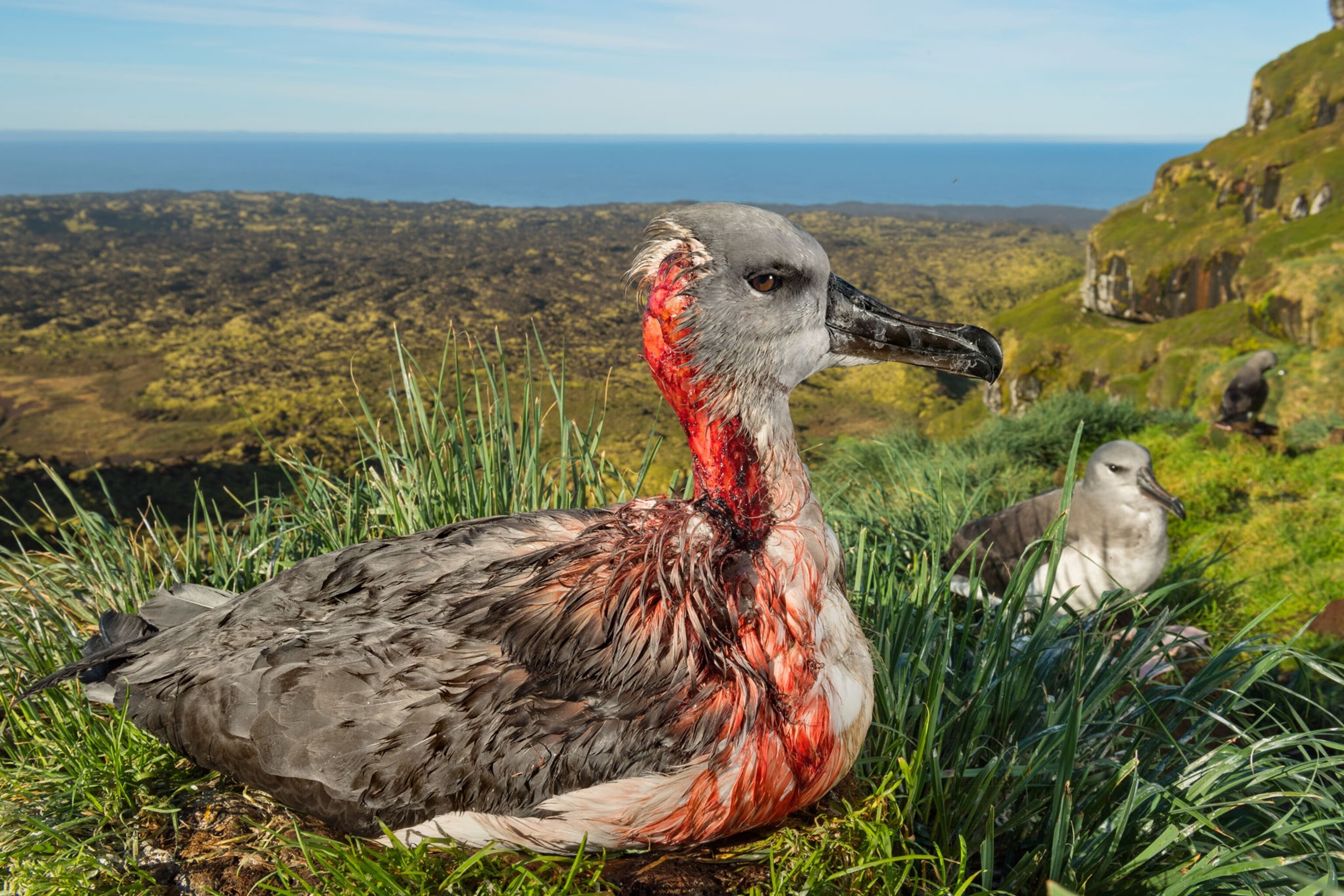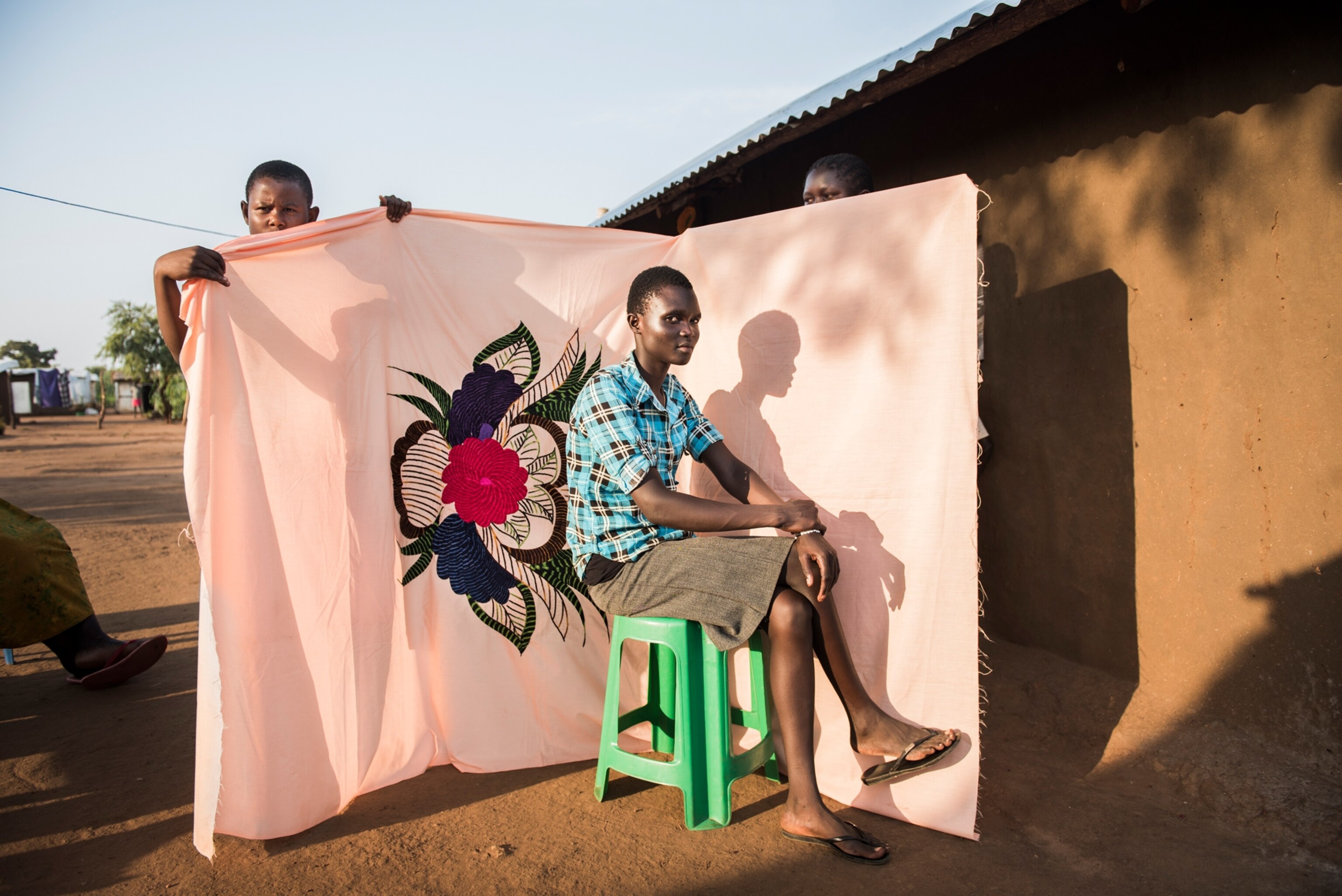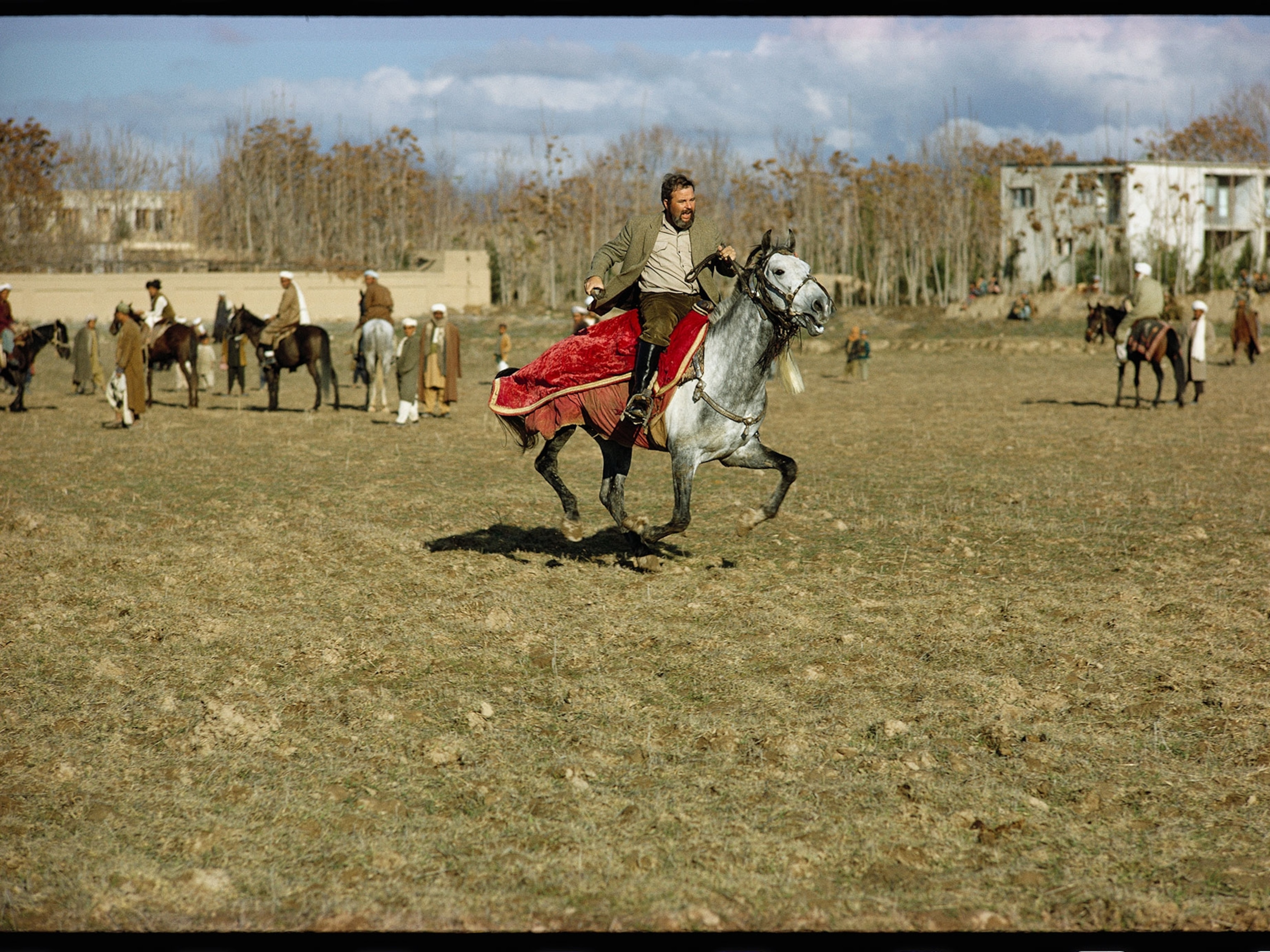See our most compelling photographs of 2018
A mother bathes with her baby and sharks hunt at night in the 30 most moving pictures of the year from National Geographic.
A girl, her profile bathed in soft light, looks proudly into the distance, despite the terrible injury to her face. Two young children sleep in their clothes, while a hand—their father’s?—reaches from outside the frame to touch them.
These are scenes from two of our 30 most emotionally compelling photographs of the year. The collection represents moments both tragic and triumphant, peaceful and painful, each image offering the viewer a different reason to take a second look.
For National Geographic Director of Photography Sarah Leen, one of the most powerful photographs is from our September feature, The Story of a Face. “The image by photographer Lynn Johnson shows the surgical team crowded around a tray that holds the face of the donor before the transplant surgery. I feel the awe, the serious yet tender contemplation of the moment.”
All of the images in this gallery have the potential to elicit an emotional response, says Leen. “The best photographs don't let you off the hook for a minute. They stop you, they make you look, they make you feel.”

